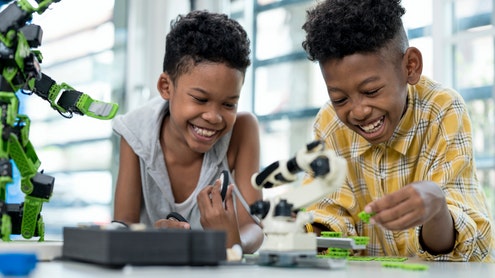Homepage
•
Learning Library
•
Blog
•
Why Students Should Create With AI Tools
Expand breadcrumbs
Expand breadcrumbs
- Learning Library
- Blog
- Why Students Should Create With AI Tools
- Homepage
- •
- Learning Library
- •
- Blog
- •
- Why Students Should Create With AI Tools
Why Students Should Create With AI Tools
By Nicole Krueger
January 16, 2022








